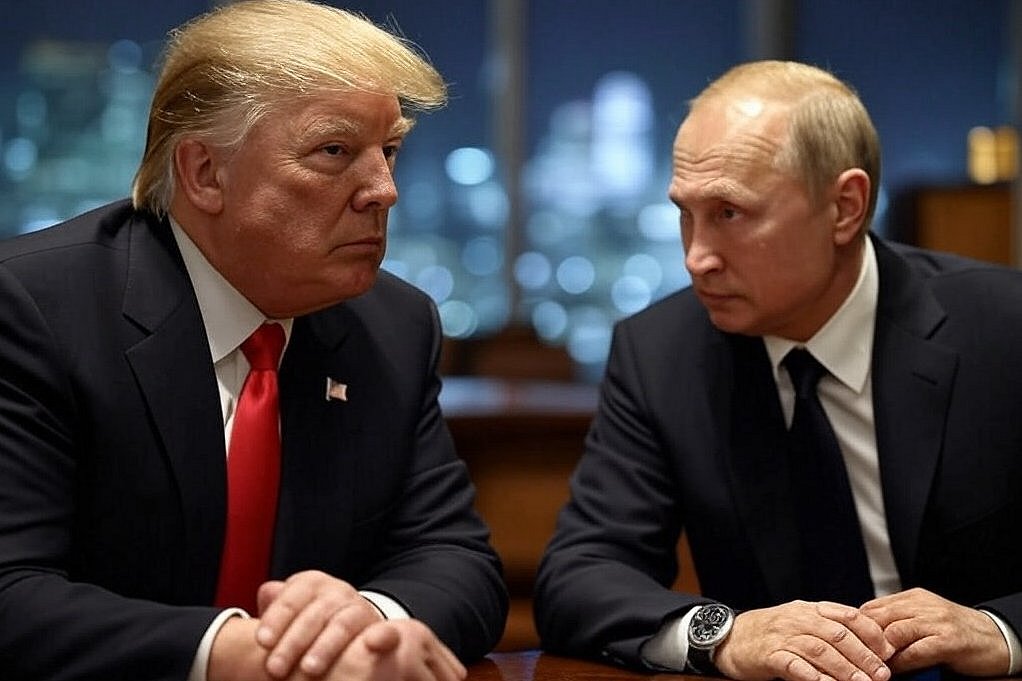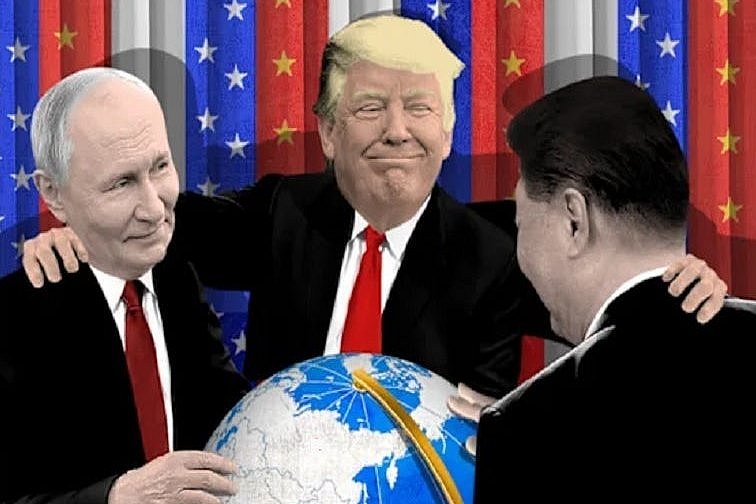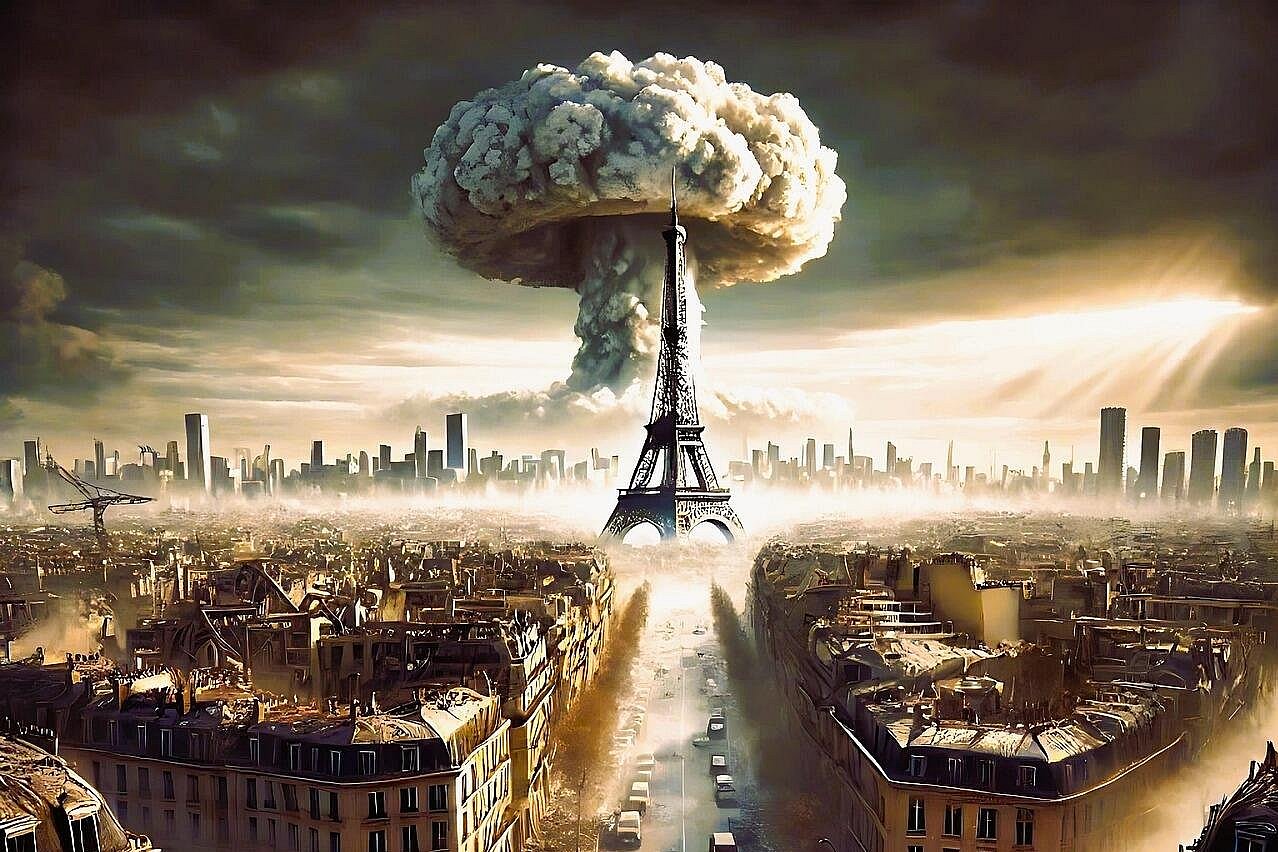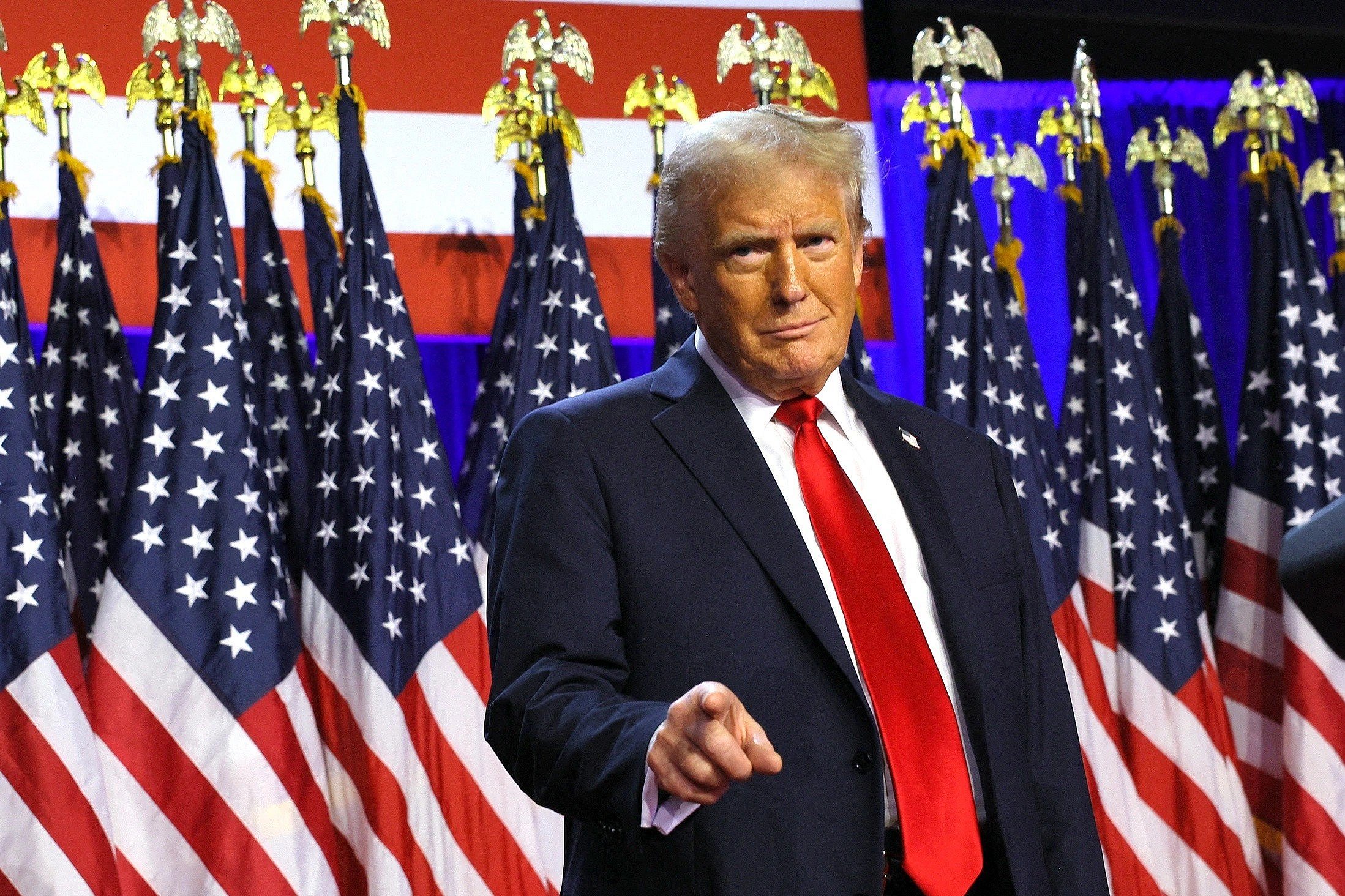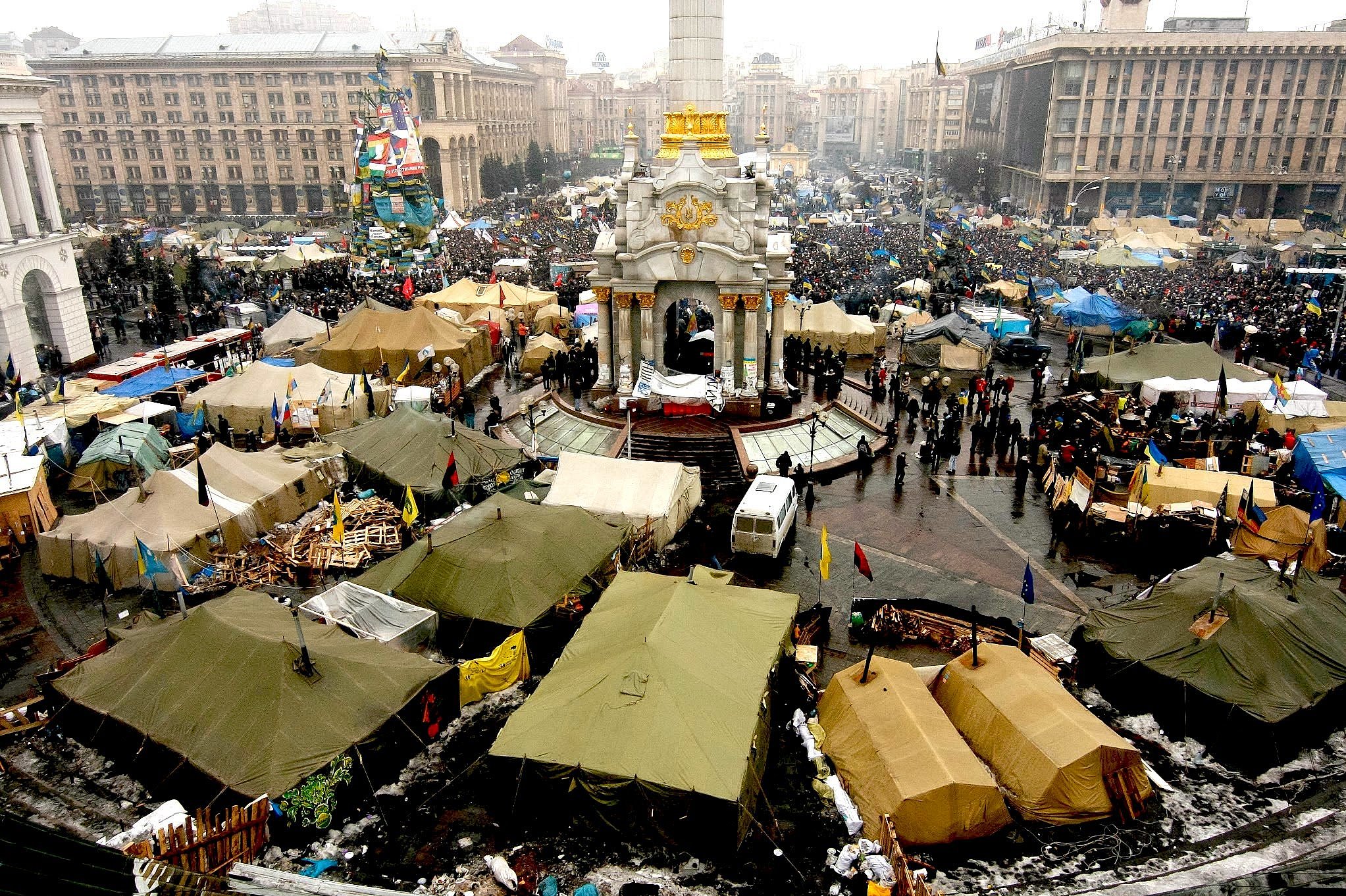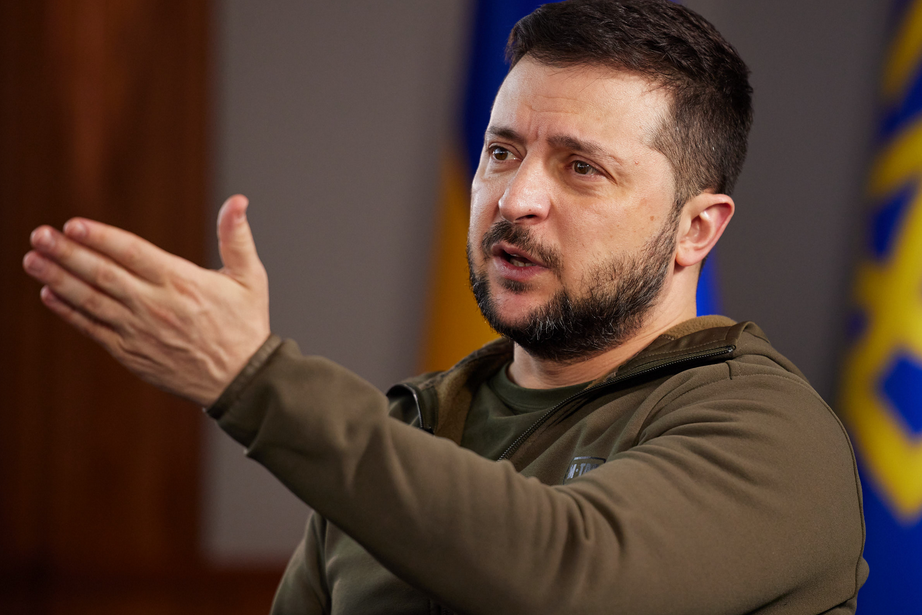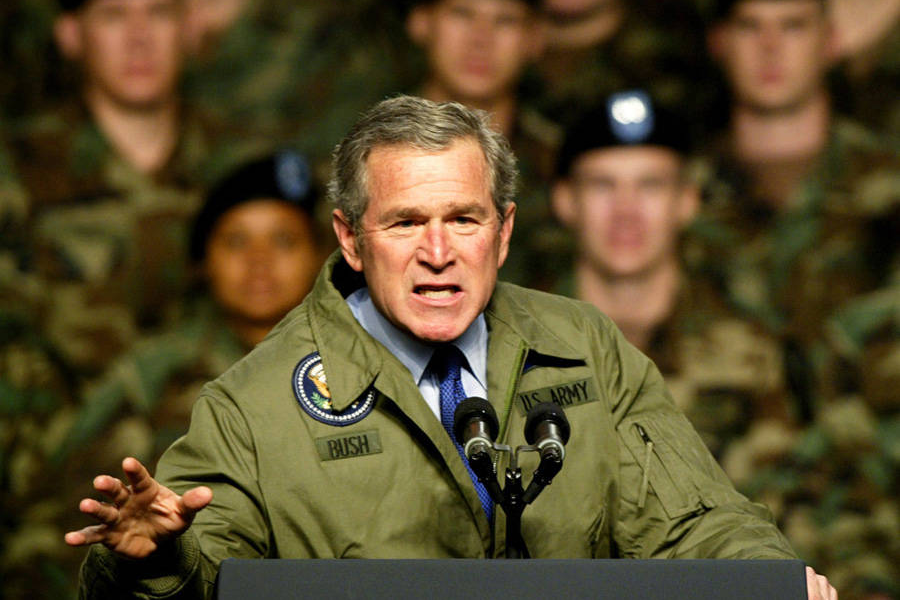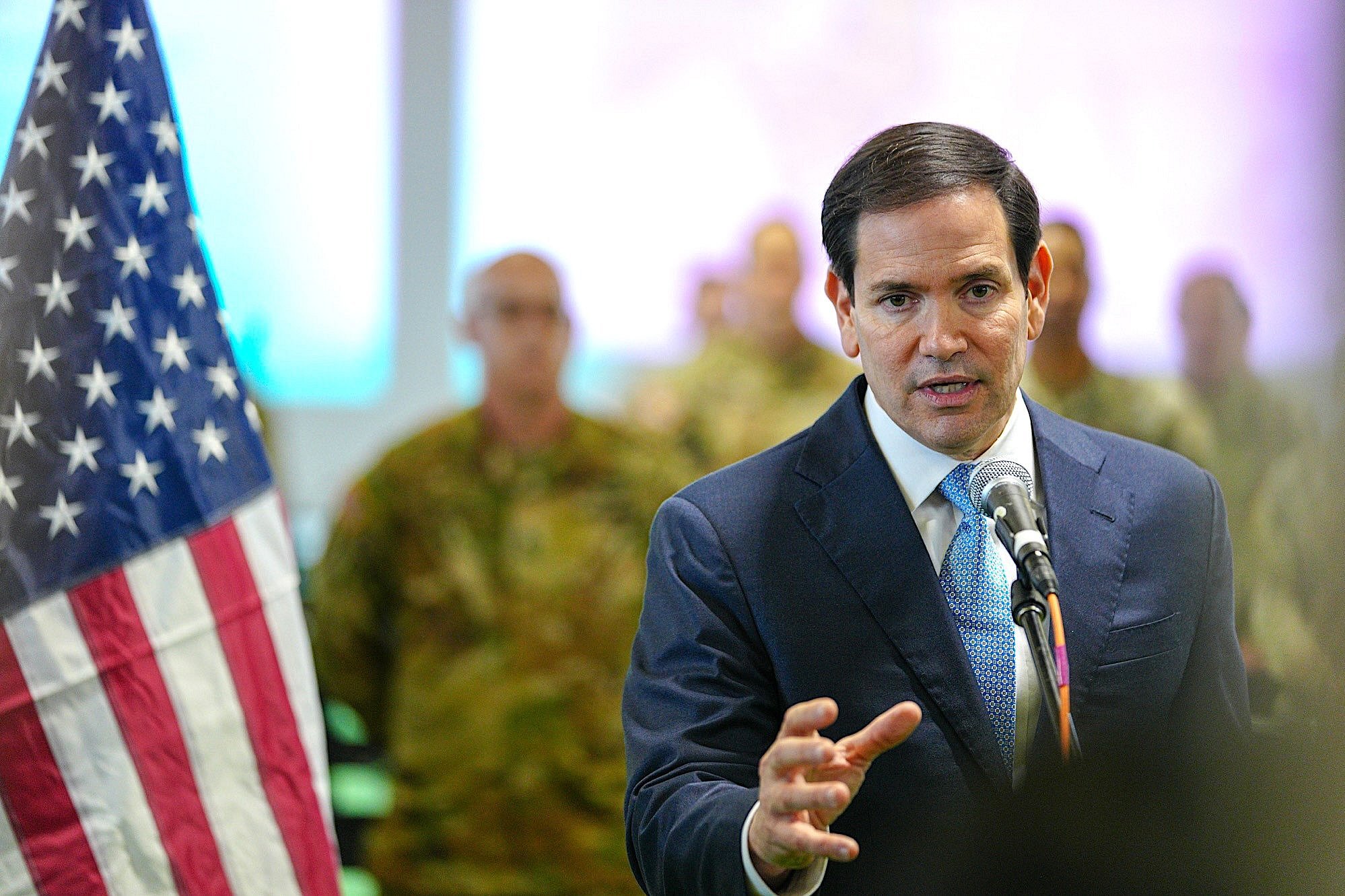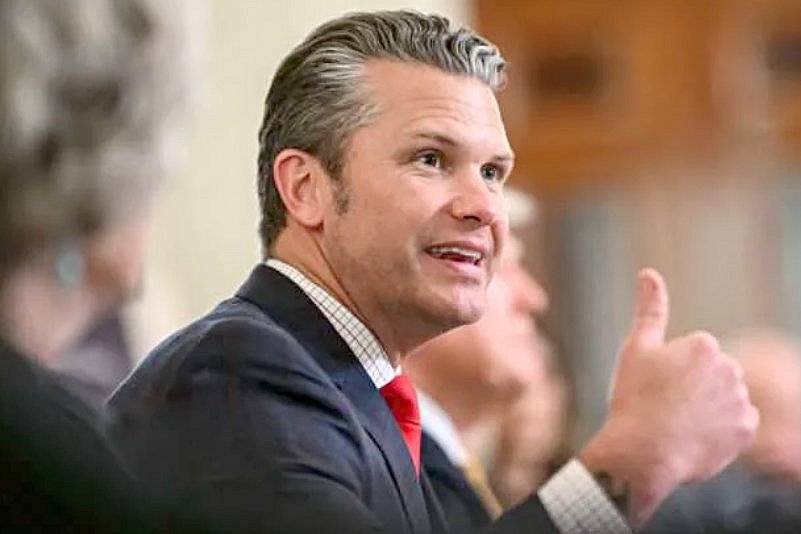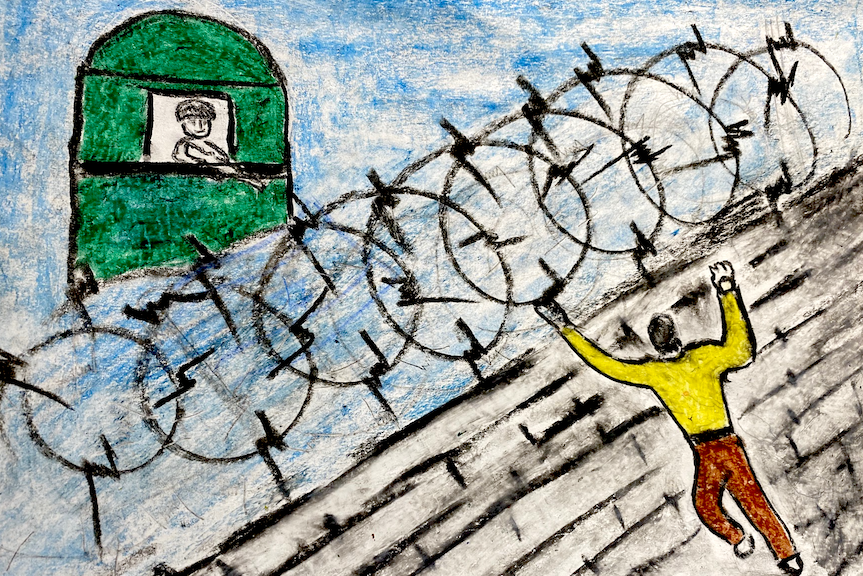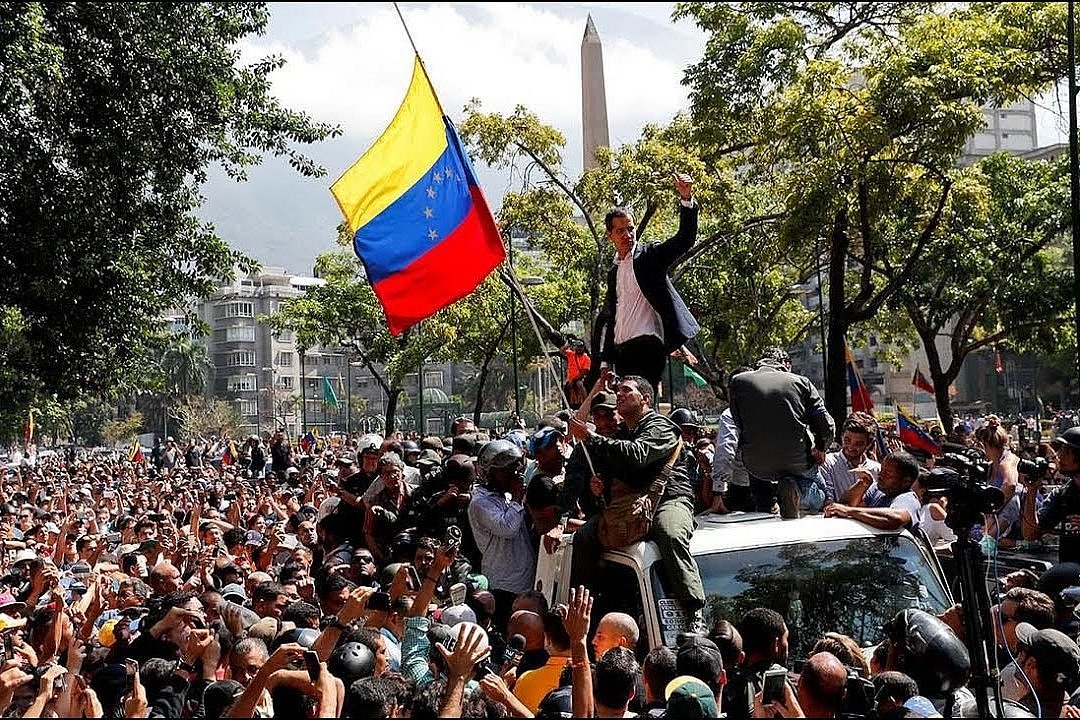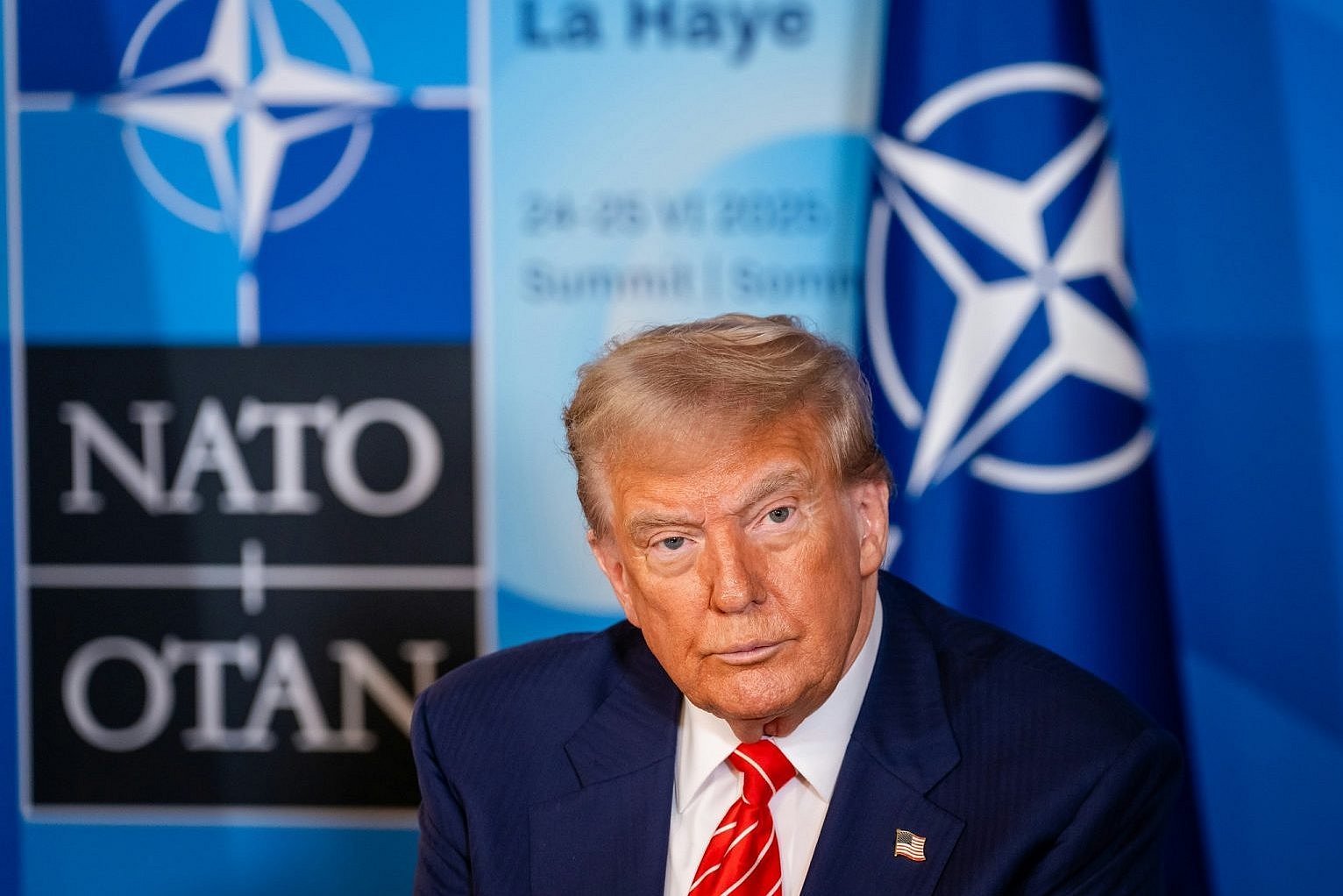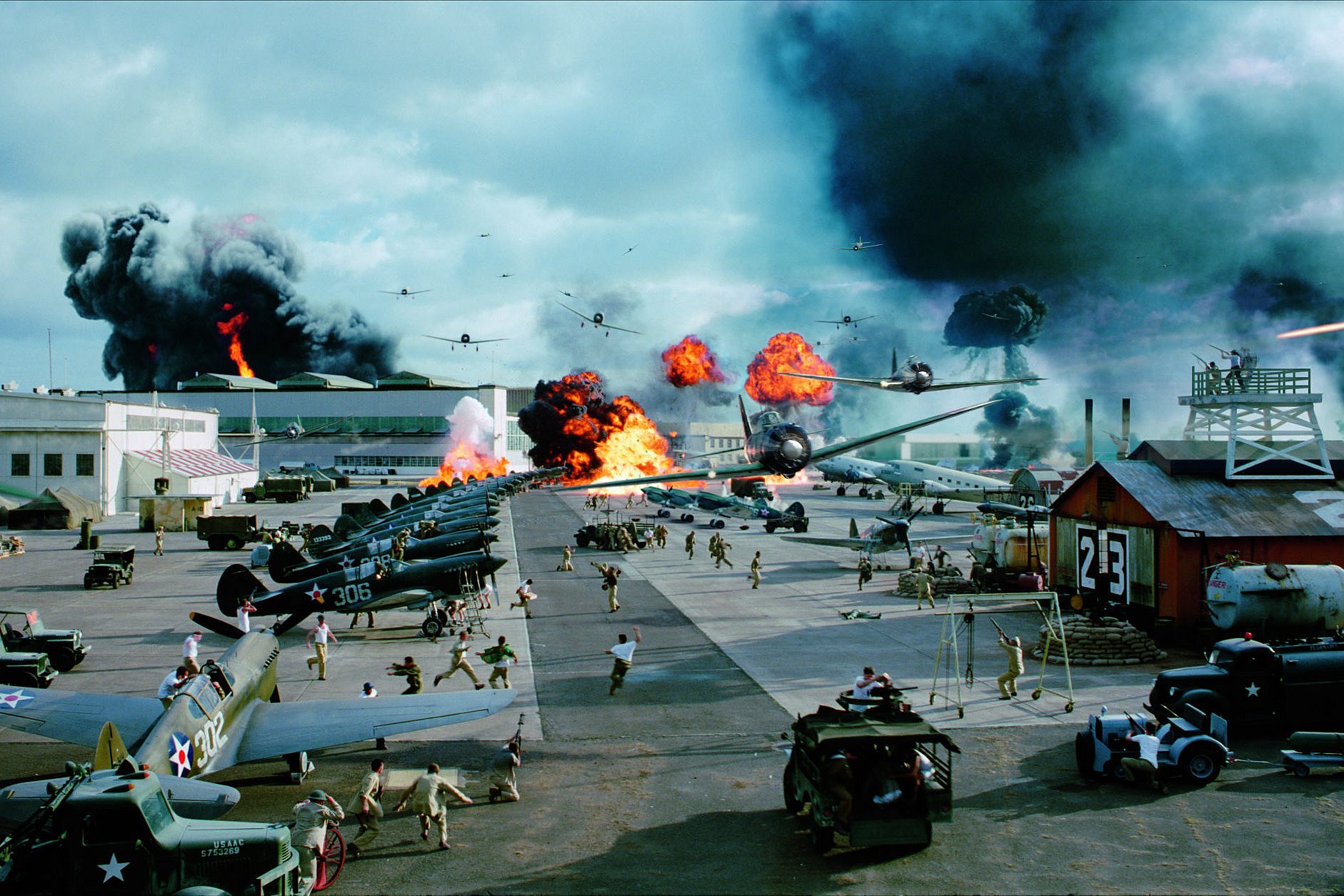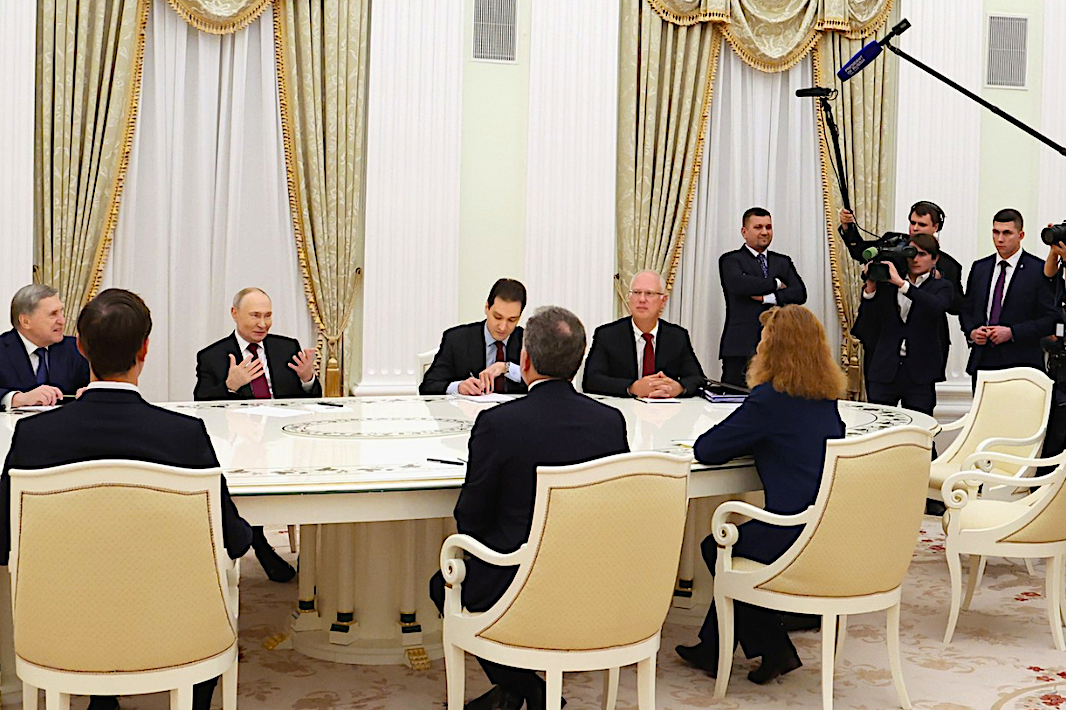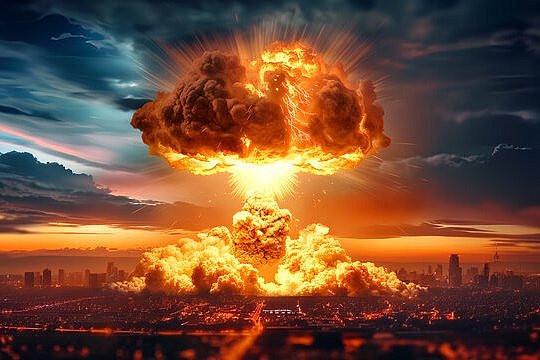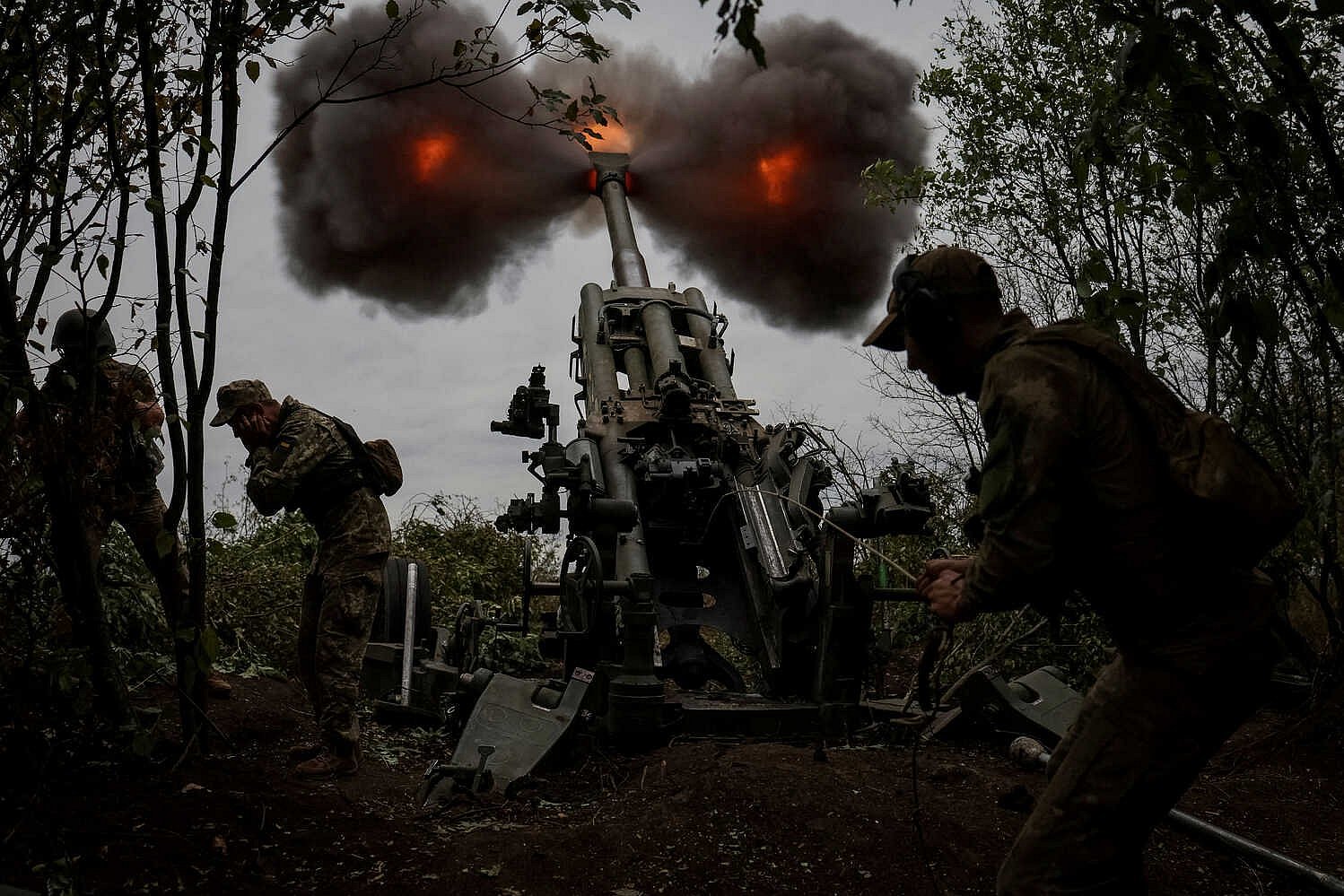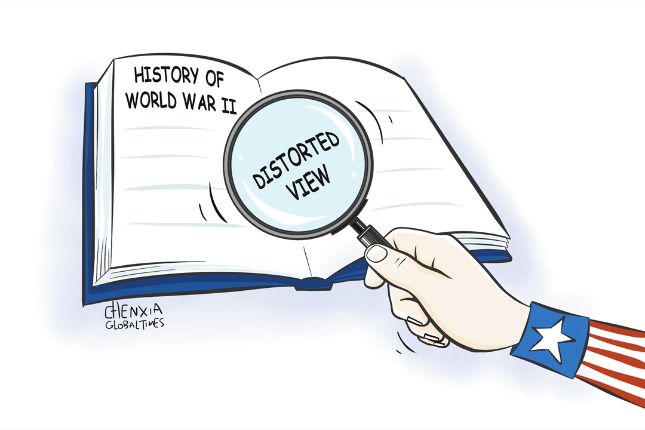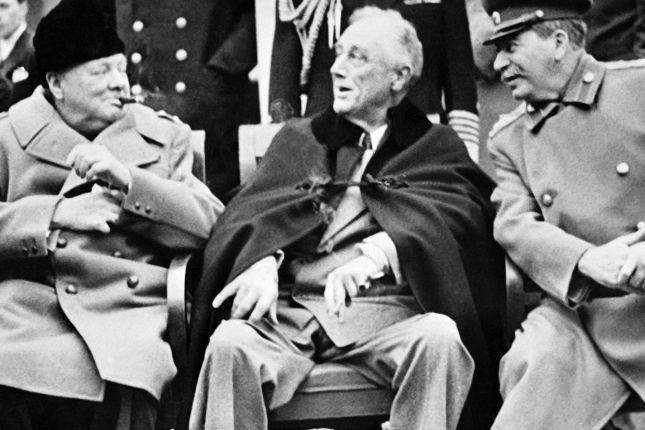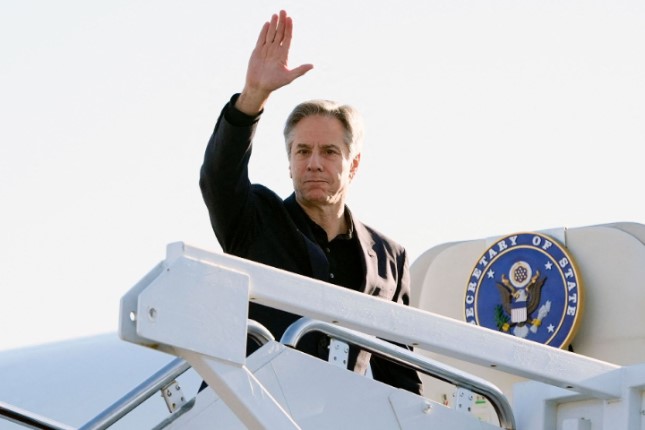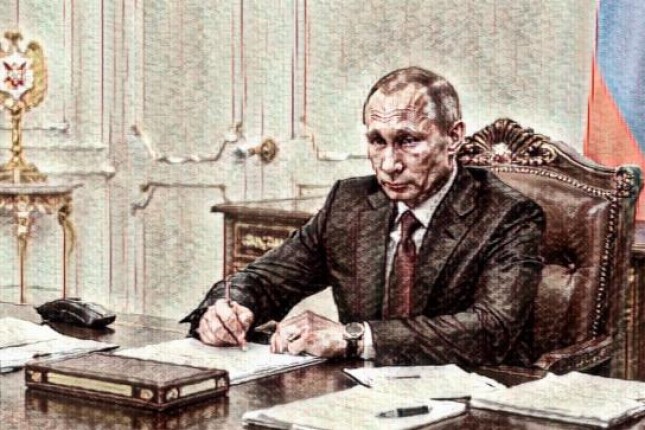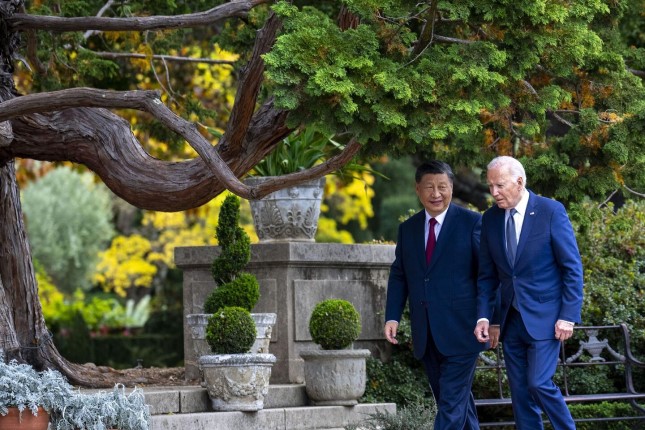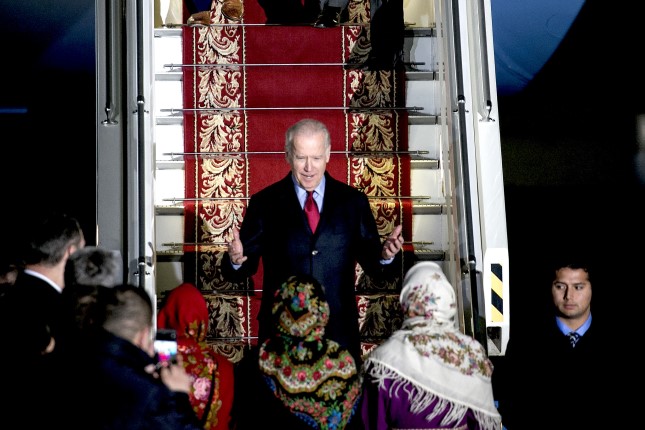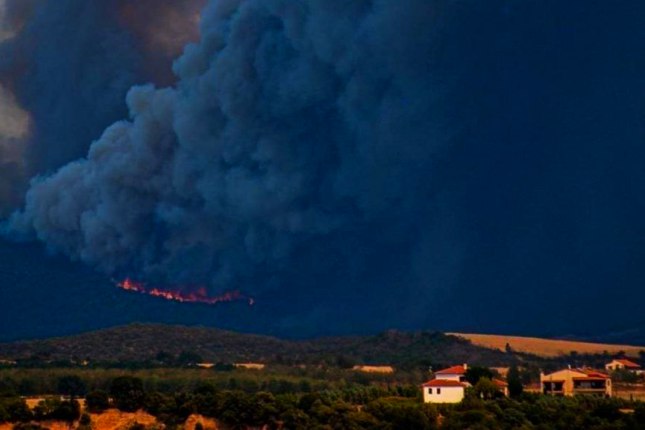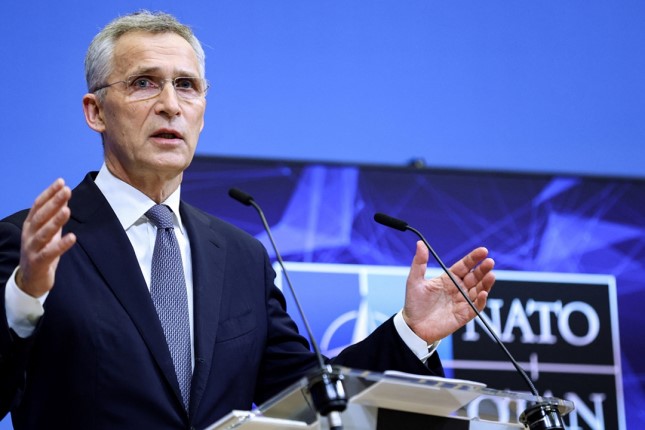During that meeting, Russian President Vladimir Putin presented the Trump administration with a ceasefire proposal. When asked if it was true that Witkoff was “coming back with a ceasefire proposal,” Secretary of State Marco Rubio replied in a word, “Yes.” Two days later, Trump announced that he would meet with Putin in Alaska on August 15.
“What happened” in the Witkoff-Putin meeting “was good,” Rubio said, “because we have a sense now of what conditions the Russians would require in order to end the war.” But Putin’s message remains unchanged. He has been listing the same conditions since the Istanbul peace talks in the first weeks of the war, and most of those were unchanged since his proposed talks with the U.S. in the weeks before the war. So why are Trump and Putin meeting now? What’s different?
Five important things may have changed recently. The first may be an important concession by Putin. Putin has offered a complete ceasefire if Ukraine withdraws its troops from the Donbas region of eastern Ukraine and the Russian annexation of those regions is recognized, including the small area that Russia does not yet control, as well as Crimea.
Trump then suggested that there would be “some swapping of territories to the betterment of both countries.” Russia would swap some territory it holds for some territory that Ukraine still holds. It remains unclear how much territory Russia would demand in return for the territory they would give back. According to some reports, the line would be frozen as it now stands with Ukraine ceding the remainder of the Donetsk and Luhansk regions of the Donbas in exchange for Russia returning territory that it controls in Kharkiv and Sumy. According to other reports, Russia would return territory in exchange for the remainder of the Donbas and the remainder of Zaporizhzhia and Kherson.
Ukraine has rejected the offer: “Ukrainians will not gift their land to the occupier,” Ukrainian President Volodymyr Zelensky said. “Any decisions made against us, any decisions made without Ukraine, are at the same time decisions against peace,” Zelensky said. “They will bring nothing. These are dead decisions; they will never work.” Ukraine continues to insist that an immediate and unconditional ceasefire must come first and that, only then, would it be ready to negotiate an end to the war.
Russia has always insisted that a ceasefire can only be the outcome of comprehensive negotiations that resolve all the key issues. According to Witkoff, Russia is now prepared to agree to a two phase schedule. In the first phase, the battle line would be frozen along the current front, and Ukraine would withdraw from the Donbas. Then, in the second phase, Putin and Trump would agree on a peace plan that would subsequently be negotiated with Ukraine. The willingness to agree to a ceasefire upon the settlement of the territorial question before all issues are resolved would be a significant concession by Putin. It would also be a concession by Trump who, like Ukraine and Europe, has called for an immediate, unconditional ceasefire.
However, according to The Financial Times, Russia has also demanded the rest of their menu: no NATO membership for Ukraine, while allowing EU membership, some limits on the Ukrainian armed forces and an agreement that the West not supply Ukraine with long-range weapons capable of striking Russia. According to The Wall Street Journal, included in Putin’s proposal is also the promise that Moscow would pass legislation pledging that Russia would not attack Ukraine.
The other significant change is on the battlefield. The tide is no longer turning: it has irreversibly turned. Russia now controls all of Luhansk and most of Donetsk. They are steadily advancing, and the Ukrainian armed forces are running out of soldiers and weapons. Key logistical hubs, including Pokrovsk, have been infiltrated and surrounded, potentially cutting off the Ukrainian armed forces in the east from their supply lines and restricting their ability to move. For the first time in the war, the Ukrainian armed forces faces the real possibility of collapse. And this is not just what Putin is being told by his generals. It is what Zelensky is being told by those of his who dare to tell the truth. Kyrylo Budanov, Head of Ukraine’s Defense Intelligence, has warned that, as early as this summer, the very existence of Ukraine could be threatened.
If Ukraine does not agree to cede land now, Russia will acquire much of it by force, potentially in the near future. But, whereas negotiations could cede it peacefully, refusing Russia’s proposal will yield the same result at horrendous cost of Ukrainian lives. The U.S. may want to negotiate a peace on the best terms before Russia wins the war and dictates its terms. Ukraine might be similarly moved.
And polls suggest they are beginning to be so moved. Though most Ukrainians do not want to surrender their land in negotiations, an August 7 Gallup poll suggests that 69% of Ukrainians now favor a negotiated end to the war as soon as possible. That is a massive change from the 73% who wanted to keep fighting in 2022 while only 22% wanted to negotiate. The finding holds true across Ukraine, regardless of region or ethnicity. And, even on the question of giving up land, the 10% who were once willing has swollen to 38%. And, when it comes to territory already controlled by Russia, only 48% are against de facto recognition, though most are still against official recognition.
Ukrainians are not only turning against the war, they are turning against Zelensky. His popularity has dropped by many percentage points. And trust in Zelensky is falling off just as fast. Trust in Zelensky was tarnished even more by his recent failed attempt to reign in important anticorruption agencies that were investigating people in his inner circle. Polling that started the day after the vote to terminate the agencies’ independence reveals significant declines in trust for Zelensky.
At the start of the war, trust in Zelensky reached 90%. By the end of 2024, it was down to 52%. Zelensky’s battle with Trump inflated trust in him back up to 74%. By spring, it had returned to 65%. Immediately after Zelensky’s legislative battle against the anticorruption agencies, trust dropped from 65% to 58%. Interestingly, the biggest drop in trust is with the government’s base in the west, where trust dropped from 73% to 55%, bringing it into line with the rest of Ukraine. The two biggest reasons for lack of trust in the president were government corruption and the war.
Putin has offered perhaps the best terms Ukraine will see again. Battlefield changes confront Ukrainians with a choice of surrendering and capitulating to Russia’s terms or negotiating the terms Russia has offered. Ukrainians are losing faith in the war and in their President. And the West, having tried everything, is out of options and low on leverage.
The U.S. has tried everything but negotiations, which they said no to in Istanbul at the start of the war. All else has failed, including arming Ukraine, sanctioning Russia and secondary sanctions on Russia’s partners. The failure of the last may have been the final difference and the final straw.
When sanctions failed to break the Russian will, the U.S. turned to the threat of secondary sanctions on countries purchasing Russian oil, especially China and India. But the pull was insufficient to severe Russia’s BRICS partners from it. Both China and Russia refused the pull of American hegemony and vowed to keep purchasing Russian oil. That last leverage spent, the U.S. may no longer have a choice but to negotiate and end to the war.
Putin discussed his meeting with Witkoff with BRICS partners India, China and South Africa. It is also possible that those countries, while standing by Russia, would like to avoid a tariff battle with the U.S. and responded to Putin’s ceasefire proposal with encouragement.
Putin’s possible willingness to compromise, stark changes on the battlefield, Ukrainians diminishing faith in Zelensky and in the war and the exhaustion of the sanctions regime and weapons available to Ukraine may all finally have coalesced to make negotiating an end to the war, with Putin’s proposal as a starting point, the most attractive option to the Trump administration.
Source: AntiWar.com.
